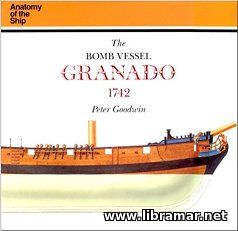 Another book by Peter Goodwin, one of the world respected and recognized experts and writers on the sailing warships of the past. The publication keeps the brilliant tradition of the series. The research performed by the author is perfect and thorough, covering all stages of the development as well as remarkable service life of the vessel. The ship modelers will definitely appreciate the efforts made by the author as they are getting the invaluable source of detailed technical info and images aimed to make the process of building the model of Granado much easier and smooth.
Apart from the model makers, the publication will be very good for anyone willing to learn something new on this warships and on the general construction of the old-time warships. The book features many first-class photographs taken a model exposed in the National Maritime Museum. The line drawing details are very informative and comprehensive. We were really impressed with the attention paid by the author to the details, such as masts, various rigging, sails, planking etc.
This book is a genuine dream for the ship model maker - moreover, historians will also find it nice due to the historical background and measurements provided for this old and classic ship.
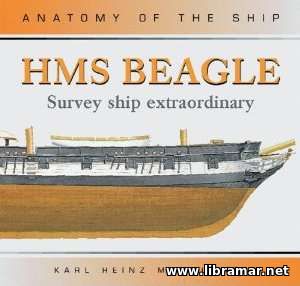 Here is a story of the ten-gun brig and famous survey vessel. We all know what exactly she became famous for - the voyages under Fitzroy's command and with the great scientist Charles Darwin on board. Substantial literature has been produced around Charles Darwin's journey in the Beagle, but her first and third voyages were never emphasized in modern writings; it is only lately when the interesting story of her work in Australia between 1837 and 1843 has been told.
There are dozens of the photos in the book - note, however, that they are all black and white. Most of the images are standard 3 in to 5 in size, but some of them are slightly larger. There are not too many drawings in comparison with the other publications of the same series, the main accent is made by the author on the stories and descriptions. The author paid attention to the running and standing rigging of the vessel and fittings of the rigging points, the boats, overall layout of the machinery, equipment and armament, and the amount of the info collected by him made this book a very valuable reference - one can easily build an excellent replica of this remarkable vessel using the data, drawings and images provided in this publication.
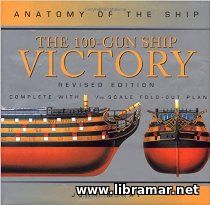 Another book by John McKay - this highly-rated book was written with the ultimate intention to tell you the truly captivating story of the famous HMS Victory, which is reputed as one of the greatest and important naval ships in the history, whose name will be always associated by people with the last battle of Admiral Nelson, the most successful and truly legendary naval commander in the history, who died on board HMS Victory, his flagship.
The book provides description of the vessel, many pictures and about three hundred perfect and informative drawings addressing the hull construction, rigging, armament, fittings etc. You will know the remarkable story of this ship, starting straight from her construction and the years of brilliant service - did you know she was not decommissioned and, though not involved in any activities today, is still the longest serving war ship in the world!
The publication is ideally suited to serve as the reference source for the naval history researchers, and as the guidance for ship modelers willing to try and build the model of arguably the most famous ship in the naval history. The excellence of the images included in the book is eclipsed by the extra-class standard of technical sketches and drawings.
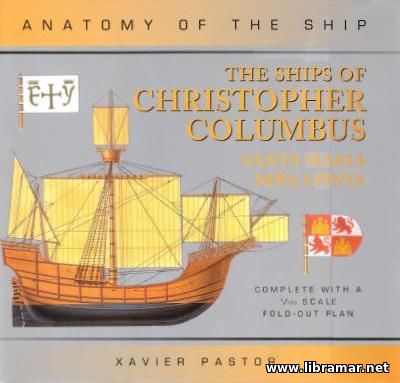 It will rapidly become clear to the reader that this book does not fit easily into the pattern set by the other titles in the Anatomy series. Each previous volume was written by a specialist possessing full knowledge of the vessel under examination. The authors were able to base their descriptions on archival material like plans or on contemporary drawings or photographs.
Even in the case of Susan Constant, by Brian Lavery - the subject nearest in time to Columbus's Santa Maria - the author was able to support his statements in part by reference to construction standards of the period. This is, unfortunately, far from being the case with the ships of Christopher Columbus. There is now no technical information available on how ships were built in Spain in the fifteenth century.
The Itinerario de Navegacion by J Escalante de Mendoza (published in 1575 - 83 years after Columbus's voyage) contains only rules of a general character dealing with the materials used in shipbuilding, such as the timber most suitable for hull and masts or the appropriate vegetable fibres for manufacturing rigging and sails; the author gave no information at all on the dimensions of parts of the hull nor on the standing or running rigging
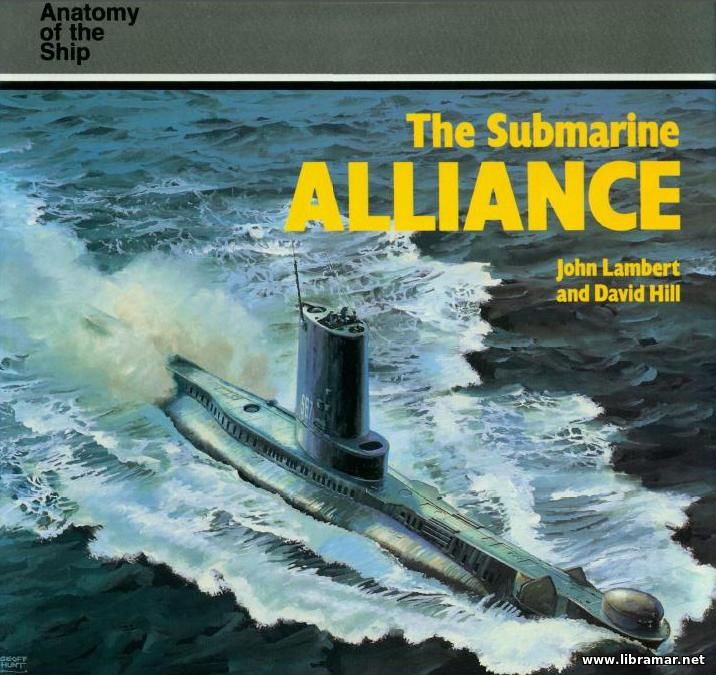 Warships, and submarines in particular, have always been the subject of considerable interest to both the general public and the warship enthusiast, and every year books appear covering the many aspects of their development and operation both during and between the wars. However, the purpose of this book, and indeed of the whole series, as the title suggests, is to look at the subject in greater depth, to trace the development of the design, and to detail the armament and machinery they contained.
The A class were the only ocean-going class of British submarine designed during the last war and although completed too late to actually see any action, they embodied all of the developments made in British submarine design during the final years of conflict. There is little doubt that had the war continued longer they would have given excellent service in the waters for which they were designed. In fact, in the years following the war many of the class operated comfortably in both tropical and arctic waters, establishing new records for both surface and submerged endurance. To illustrate this, in 1953 HMS Andrew carried out the first ever submerged crossing of the Atlantic; and earlier, in 1947, Alliance spent a record 30 days submerged off the coast of Africa.
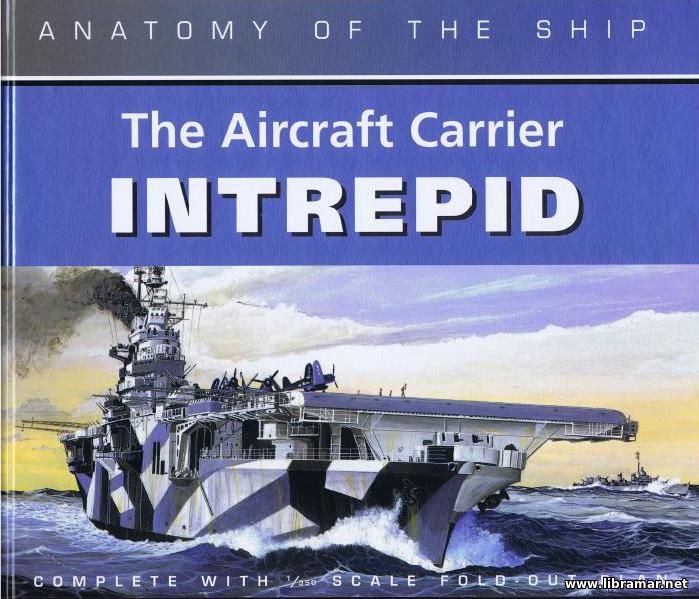 Laid down as a Heel carrier in 1941, USS Intrepid (CV11) was one of a class ol 24 vessels constructed during, and immediately alter, the Second World War. As such she belongs tо a remarkable group of ships - remarkable not for any great design innovation but for their proved effectiveness and reliability as warships and for the great size of the construction programmes of which they formed a part. In numbers of ships the Essex class was the largest class of fleet carriers ever constructed and as such could also claim to be the largest group of capital ships constructed during the steam age.
The FY40 (Financial Year 1940) programme provided for 11, of which 5 - Essex (CV9), Yorktoun (CV 10), Intrepid (CV 11), Lexington (CV 16) and Bunker Hill (CV17) - were begun prior to the outbreak of war. The remaining 6, together with 2 more provided under FY41, and an additional 13 provided under the wartime FY42 (10 units) and FY43 (3 units) were laid down during the war. Of these ships no less than 17 had entered service by the end of the war while 7 were completed postwar and 2 cancelled. Another 6 ships were included in FY44 but these were subsequently cancelled and were never laid down. The size of this class, and indeed the great size ol the entire US war construction effort, not only reflected the enormous industrial capacity of the United States but also its ability to mastermind cooperative effort and the simplification of production requirements and methods. In other words, as might be expected from the country that produced the Ford motor car, it amounted to mass production.
Early in the war it was decided to concentrate on the construction of existing warship designs, hence the Essex class represented the entire war production of fleet carriers. Another class, the Midways, was begun in 1943 but none saw service during the war. Cruisers were largely represented by the 6in gun Cleveland class (of which no less than 52 were ordered) and the 8in Baltimore class, destroyers by the Fletcher and Gearing classes and so on. By concentrating on such designs building yards could streamline production, resulting in some remarkably short construction times. Intrepid herself was built in 20 months, while one Essex, the Franklin (CV13), was completed in just under 14 months.
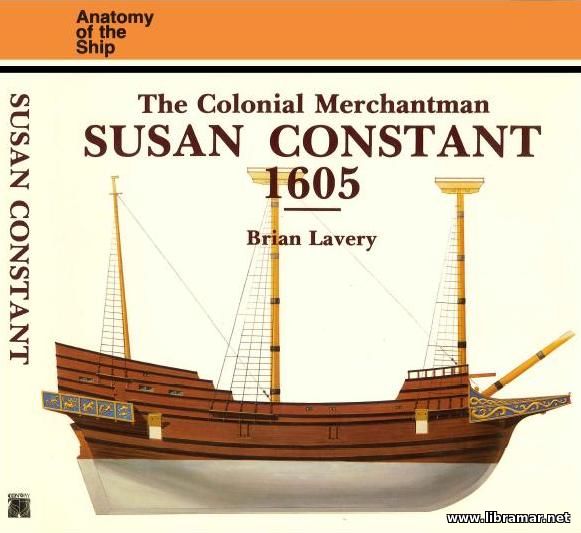 This book by Brian Lavery aims to continue the world famous Anatomy of the Ship series and is dedicated to the Susan Constant - the vessel which played maybe one of the most important roles in the world history. It shows the detailed look of the author at the construction and life of this merchant ship. Susan Constant was the lead vessel of the three which founded in Virginia colony in 1607 - and this was exactly how the first successful permanent English-speaking colony in America was established. She made her voyage across Atlantic Ocean 13 years before the May Flower, and, therefore, can definitely claim to have brought the founding fathers of the USA.
This publication will be very useful for naval history enthusiasts as well as for ship modelers. In fact, this book is not too typical to the Anatomy of the Ship series in that the authors did not go too deep into technical details. They rather tried to "generalize" the line drawings of the ship science no actual records do exist for this one. However, the research work conducted by Lavery and the history are great and the book is very interesting to read even for the people outside of naval history - the way stories are told is really fascinating.
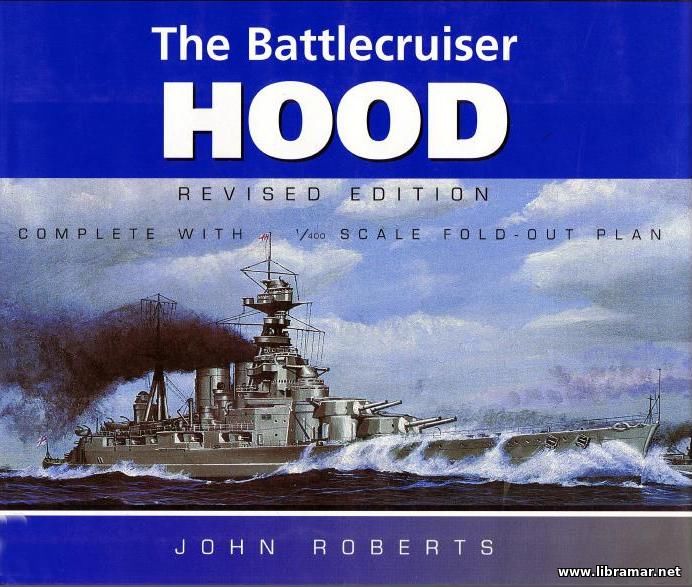 A truly excellent volume written by one of the recognized naval history experts, John Roberts and dedicated to the HMS Hood; this title is most probably one of the most important and interesting ones in the whole series "Anatomy of the Ship". The author included all technical info in ones volume, to the very last nut and bolt. Just imagine, there was a time when the ship to which this book is dedicated, was the fastest and biggest capital ship in the whole world and, at the same time, HMS Hood used to be among the most handsome ships of those times. Hood was deservedly called the proud of the Royal Navy - and was considered unsinkable vessel, just like the Titanic.
The vessel's keel was laid in 1916 and HMS Hood was designed and constructed at the times when navy ships had to get quite close to the enemies' facilities to be able to fire at them. However, by the time the ship was delivered, i.e. in 1918, the vessels were already able to shoot from the greater distances... As it is very common to all AOTS series publications, this book contains, apart from the detailed technical data, the numerous drawings, sketches and photos, and shall definitely be treated as a perfect source for all people interested on the naval history.
|







